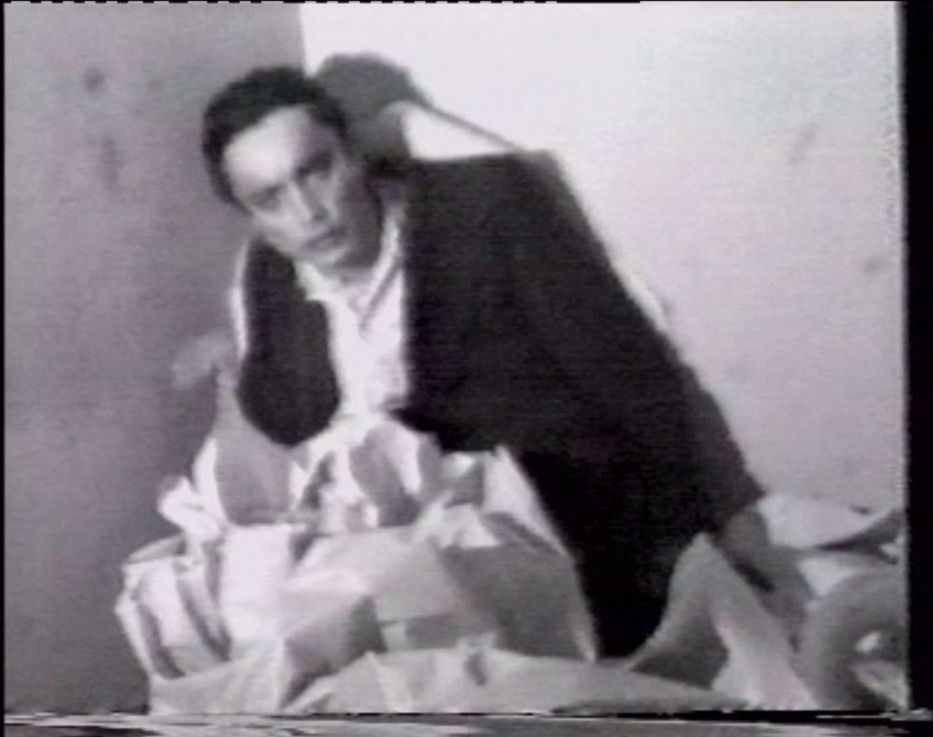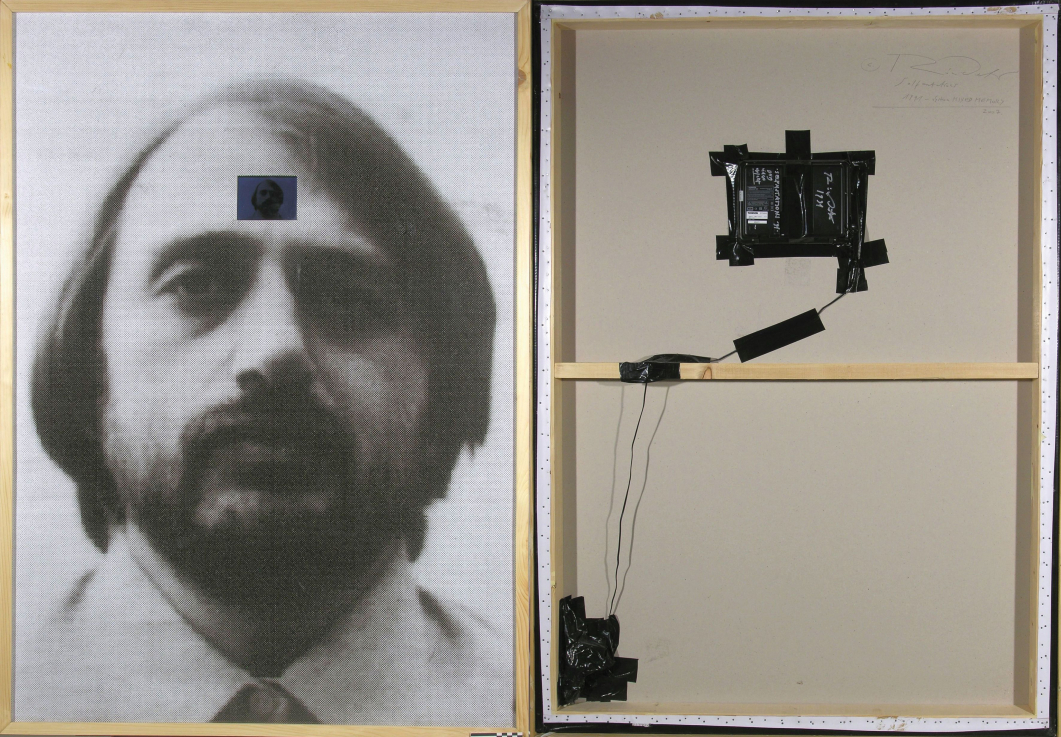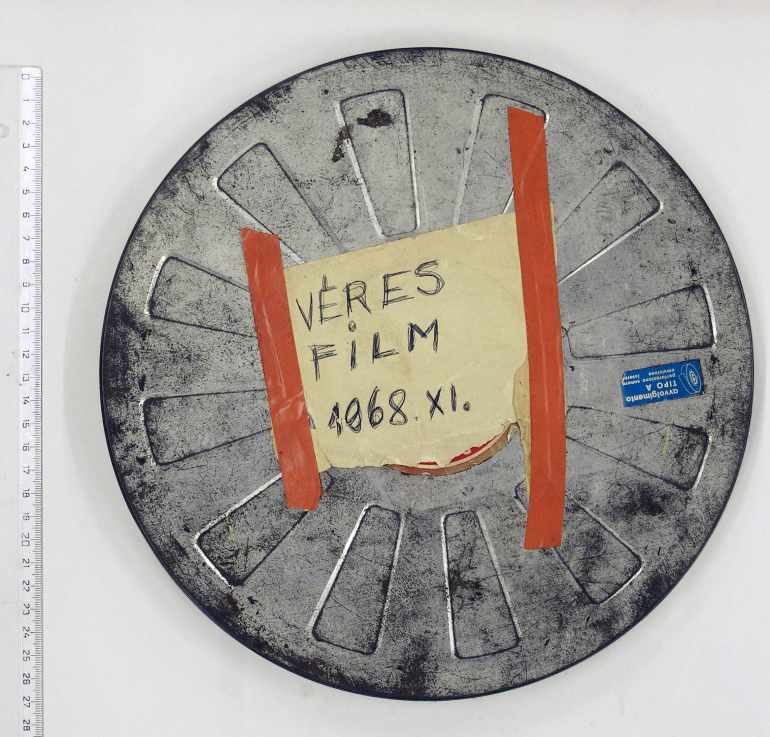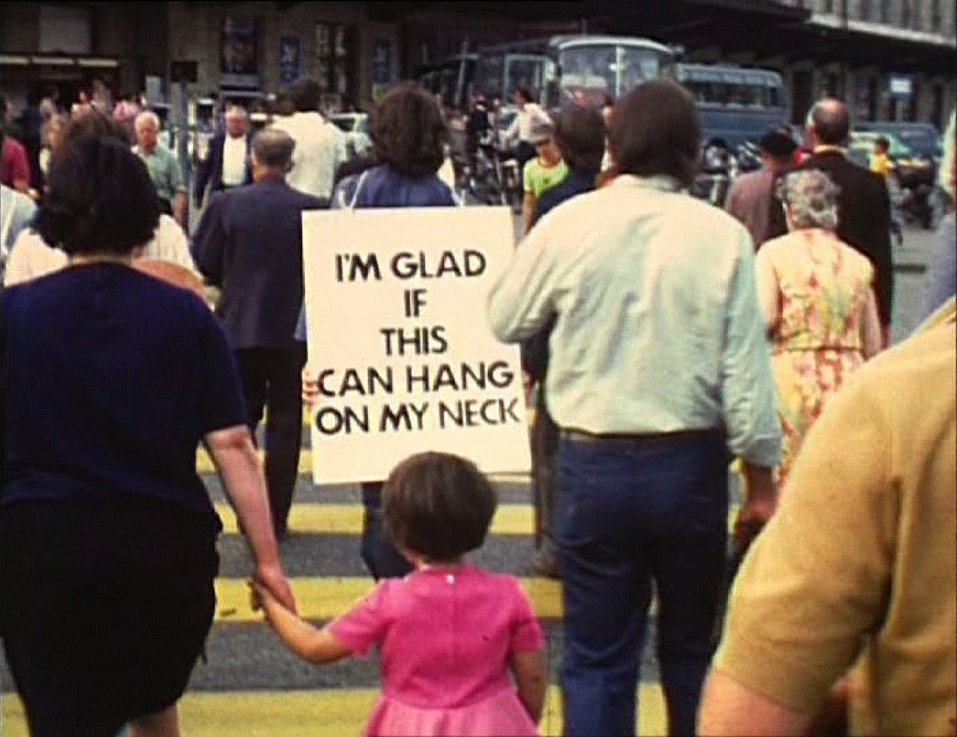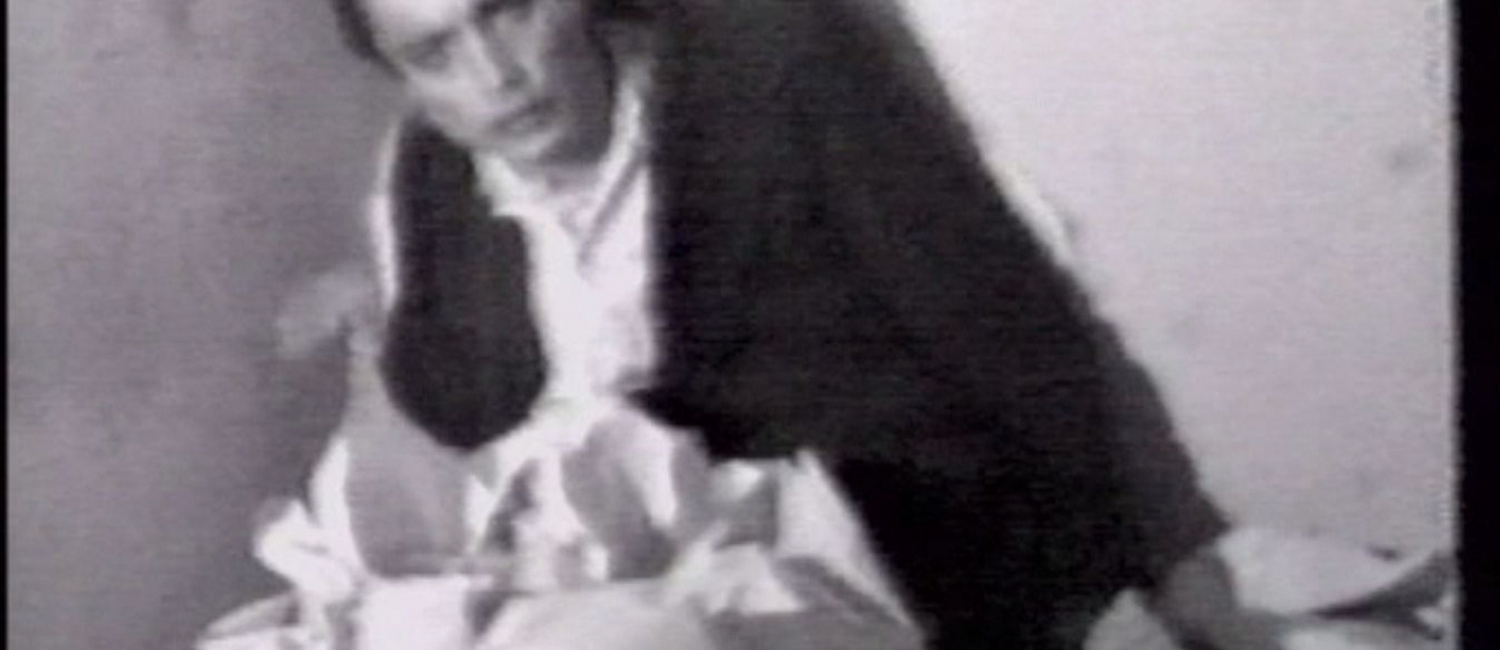24 February - 26 March 2017
Exhibiting the Ludwig Collection’s Hungarian media works gives us the opportunity to call attention to the vulnerability of technological artworks, such as film, video, and digital content. Digital media and the audiovisual image and sound stream are important features of our daily lives; they keep the world in motion. Yet, due to the rapid development and ensuing aging process of technology, the deterioration of media art is much faster than that of traditional artworks (paintings and sculpture). Their conservation is, however, just as important, since these mediums are crucial elements of our cultural heritage.
Traditional restoration techniques focus on conserving the physical condition of the medium (e.g. the canvas). In comparison, the conservation of media art (video, film, digital art, Internet art) is a much more complex task, because the technological environment is in constant change, since it is contingent upon the developments controlled by the interests of science and trade. This also means that replacing a screen, projector, or speaker that forms integral part of the artwork might end up changing the original work or rendering it obsolete. Digital content depends on networks and the output and capacity of computers; a change in these might distort the work’s appearance or, in some extreme cases, might even make the piece inaccessible.
1. What is to be saved?
Ephemeral media works also pose a problem for Hungarian public collections. In our understanding, the term media art encompasses more than just software-based works; earlier terminology considered everything from analogue photography through film to video as technical media. From the 1960s onwards, in the spirit of a broader understanding of art, art forms like happening, action, and performance have appeared in Hungary as well as internationally. Presence was pivotal for these works: they were often only performed once and witnessed exclusively by those present; we are thus left with only documentations of them. These relics (photographs, videos) have since transformed into artworks in their own right, which can be displayed as evidence of the original happening.
1.1 Can meaning be conserved?
When it comes to the issue of conservation, it is necessary to reinterpret the meaning of physical and technical condition, since media art works are not intended as decorative pieces in a room or exhibition space, but made to create connections with people as part of their normal functioning. It is important to ask more questions about the circumstances of the work’s creation, its technical apparatus, and its meaning.
1.2. Interview
In the framework of this exhibition, we strived to provide the viewer with abundant information about the circumstances of the exhibited works’ creation. In order to conserve the original condition and its interpretation, the best strategy is to conduct interviews with the artists. With this principle in mind, we began to process the selected media works along eight thematic categories, through questions that examined the artists’ position from the aspect of conservation and restoration. Was the way the museum previously exhibited a given piece in line with the artist’s original ideas? Do they think it is possible to display their work adequately without their presence? What were the original components they used when they created the piece?
2. Save as…
The exhibition “Save As…” – What Will Remain of New Media Art? spans the period from Hungarian media art’s golden age to our present day, the prevalence of the Internet, introducing the work of artists who were responding to constantly changing technologies. This representative selection includes artists such as Gábor Bódy, Tibor Hajas, Endre Tót, Dóra Maurer, Tamás St.Auby, András Koncz, and Judit Kele. Newer works created from the 1990s onwards (e.g. by Péter Forgács, Tamás Waliczky, János Sugár, János Szirtes, and Andreas Fogarasi) familiarize the audience with the main tenets of media art, emphasizing its specific Eastern-European characteristics at the same time. We show examples of interactive and Internet art in the production of the C3 Foundation.
What is it that we have to conserve and which elements of that are actually important?
These are the questions we are trying to answer.
We continue the dialogue on the conservation of contemporary art, which we launched in 2015 with the involvement of restorers, art historians, and other experts from Hungary and abroad.
In the framework of the MAPS symposium, we will hear lectures on the conservation of media art by professors and restorers from institutions such as the MoMA (New York), the TATE (London), the Reina Sofia (Madrid), the LIMA (Amsterdam), and the Humboldt University (Berlin).
Exhibiting artists:
BEÖTHY Balázs | BÓDY Gábor | CSÁKI László – PÁLFI Szabolcs | CSONTÓ Lajos | CSÖRGŐ Attila | ENYINGI Tamás | ESTERHÁZY Marcell | Andreas FOGARASI | FORGÁCS Péter | HAJAS Tibor | HALÁSZ Károly | KELE Judit | KESERUE Zsolt | KIS VARSÓ | KOMORÓCZKY Tamás | LENGYEL András | Olia LIALINA | MAURER Dóra | NÉMETH Hajnal | NÉMETH Ilona | RÓNAI Péter | SOCIÉTÉ RÉALISTE | ST.AUBY Tamás | Alexei SHULGIN | SUGÁR János | SZEGEDY-MASZÁK Zoltán – LANGH Róbert – FERNEZELYI Márton – Richard ACZEL | SZIRTES János | TÓT Endre | VÁRNAI Gyula | WALICZKY Tamás
Curators:
KÓNYA Béla Tamás, PETERNÁK Miklós
Cooperative partner: C3 – Center for Culture & Communication Foundation
